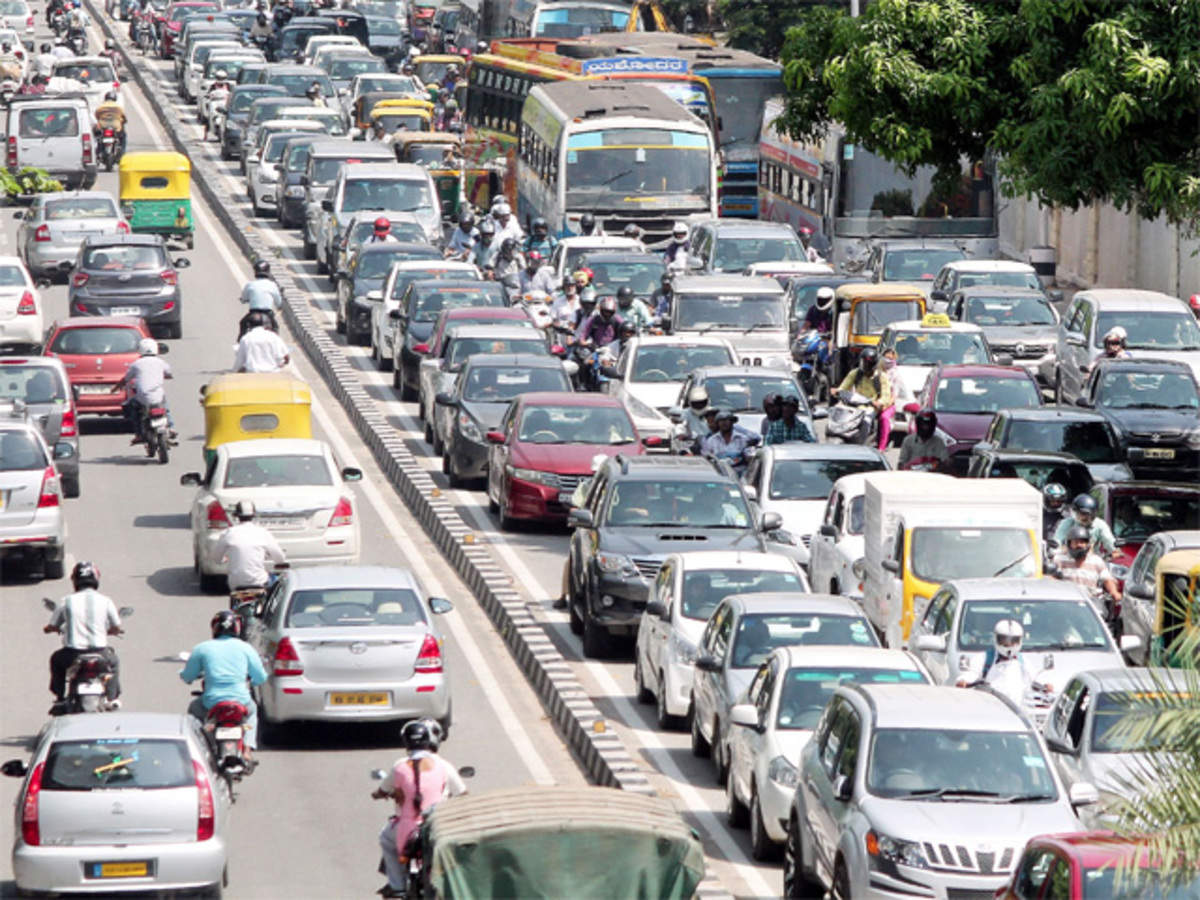
Bengaluru is world's second slowest city to drive in: Report

Bengaluru has the dubious distinction of being the second slowest city in the world, with almost 30 minutes needed for a vehicle to travel a 10 km distance in traffic, according to TomTom, a specialist in geolocation technologies.
The city that beats Bengaluru to first place (or last place, depending on how you look at it) is London, where a vehicle needs 36 minutes to cover 10 km in traffic.
This ranking is according to the latest annual TomTom Traffic Index (the 12th Edition) released on Wednesday (February 15). The figures are for the year 2022. The TomTom Traffic Index studies traffic data in 389 cities across 56 countries.
To be precise, TomTom said the time required for a vehicle to cover a 10 km distance in traffic last year was 36 minutes 20 seconds in London and 29 minutes 10 seconds in Bengaluru.
Also read: Bengaluru flood caused loss of ₹225 crore as IT employees were stranded in traffic jam
Comparatively, the optimal time needed to cover the same distance (without traffic) was 24 minutes 22 seconds in London and 16 minutes 27 seconds in Bengaluru.
TomTom N V is a Dutch multinational developer and creator of mapping and location technologies that cater to developers, drivers, businesses, and governments across the world. It was founded in 1991 by four entrepreneurs with the idea to make digital navigation accessible for everyone. It is one of the leading independent geolocation technology specialists in the world.
Bengaluru residents lost 129 hours due to peak hour traffic
TomTom’s study also found that Bengaluru ranks fourth in the world in terms of the number of hours lost due to peak hour traffic – 129. Even with flexible options of working from home or remotely, the time that people lost due to rush hour traffic increased last year, said the study.
Mobility experts in Bengaluru agree that the city is one of the most congested in the world due to a host of factors like narrow roads, bad condition of the roads, misplaced infrastructure planning, vehicles being parked on the road, almost negligible public transport with the absence of suburban rail, pathetic bus network, no cycling lanes, and a metro system that is only recently being developed.
All this forces the majority of the population to use private vehicles, choking the roads as a consequence.
In that sense, London is better off with a mix of multi-modal transport such as the underground, suburban rail, buses, waterways, cabs, and more than 20% of road surfaces devoted to cycling tracks.

